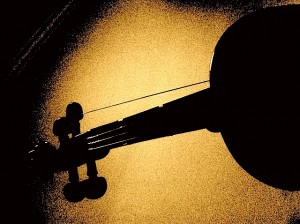Lots of players and parents continue to send me questions about broken violin strings, even though I did cover the topic in this post. Still, this short video offers additional help.
After watching the video, please re-read my original post. With any luck at all, you’ll be fine.
Remember these key points:
- DON’T PANIC! Broken strings are a common problem. Keep a spare set of strings in your violin case.
- Whether installing a new string, or simply tuning your existing strings, raise the pitch slowly as you turn the peg (or fine tuner), and don’t go past the desired pitch. Use a tuning meter.
- Keep your violin and pegs in good working order, and always store/transport your instrument at a moderate temperature. Maintenance and transportation problems can lead to excessive tuning, which in turn can break strings needlessly.
- Your violin strings may (and likely will) need to be replaced long before they break.
- Last but not least, never remove more than one string at a time from your violin, broken or not. Doing so can cause the bridge to collapse. That’s not good.
